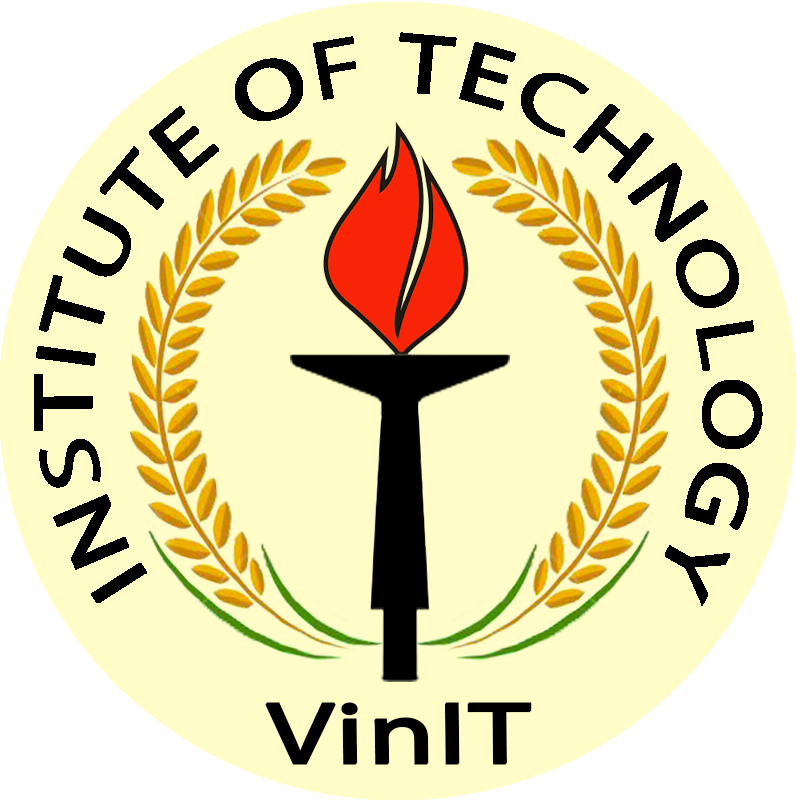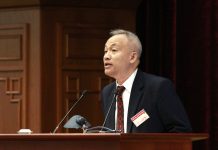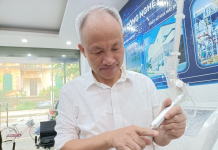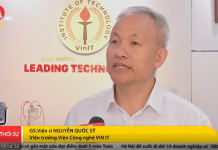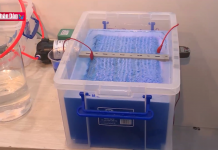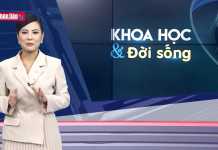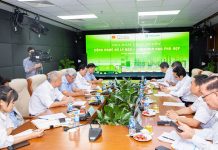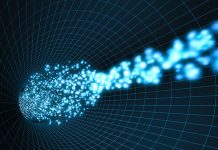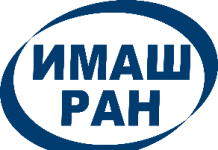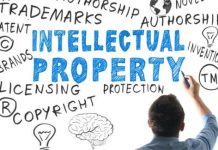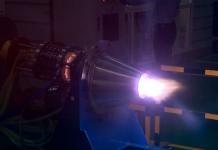Introduction
Access to technology information has expanded rapidly in recent years, as a result of the increasing availability of technical documents in digital format and the progressive development of electronic means of distribution and retrieval. As the quantities of technical information available to the public have grown, so too have the challenges of finding relevant information from which useful knowledge can be extracted.
How does the patent system work?
A patent has two important functions:
• Protection. A patent allows the patent holder to exclude others from commercially exploiting the invention covered by the patent and as specified in the claims in a certain country or region in which the patent was granted and for a specific period of time, generally not exceeding 20 years from the filing date.
• Disclosure. The publication of a patent and in many countries patent applications give the public access to information regarding new technologies in order to stimulate innovation and contribute to economic growth.
Protection
A patent application may be filed via one of the following routes:
• National. An application for a patent is generally filed at a national patent office and a patent for an invention may be granted and enforced only in that country in which patent protection is requested, in accordance with the law of that country. Corresponding applications covering the same invention can be filed in accordance with the respective national patent laws in different countries on an individual country-by-country basis.
• Regional. In some regions, regional patent applications may be filed at a regional patent office, for example, the African Regional Intellectual Property Organization (ARIPO) or the European Patent Office (EPO). Regional patent applications have the same effect as applications filed in the member states of the respective regional patent agreement. In certain regions, patents are granted centrally as a «bundle» of national patents. In some other regions, a single regional patent granted by the regional patent office has effect on the entire territory of that region. In order to validate regional patents in the Member States, submission of a translation of the granted patent into the national language may be required.
• International. International applications may be filed with the national or certain regional patent offices of Contracting States of the Patent Cooperation Treaty (PCT) or the International Bureau of the World Intellectual Property Organization (WIPO) by any resident or national of a PCT Contracting State. A single international patent application has the same effect as national or certain regional applications filed in each Contracting State of the PCT. Although the major part of the patent application procedure is carried out within the international phase, a patent can only be granted by each designated State within the subsequent national phase.
Although procedures vary amongst patent offices, the following illustrates a very generalized procedure for granting a patent:
• Filing. An applicant chooses a filing route, i.e. national, regional or international, and files an application. The initial filing is considered the “priority filing” from which further successive national, regional or international filings can be made within the “priority period” of one year under the Paris Convention for the Protection of Industrial Property.
• Formal examination. The patent office ensures that all administrative formalities have been complied with, e.g., that all relevant documentation is included in the application, and that a filing fee has been paid.
• Prior art search. In many countries, but not all, the patent office carries out a search of the prior art, i.e., of all relevant technical information publicly known at the time of filing of the patent application or when applicable, at the time of the priority filing. Using extensive databases, expert examiners draft a “search report”, which lists relevant prior art.
• Publication. In most countries, the patent application is published 18 months after the priority date, i.e., after the filing date or the priority filing. In general, a patent is also published once granted.
• Substantive examination. Not all offices conduct substantive examination and some only do so if requested within a specified time. The examiner checks that the application satisfies the requirements of novelty and inventive step (non-obviousness) against the prior art listed in the search report. Further, he/she checks whether the invention is susceptible of industrial application and within the scope of the patentable subject matter. In many countries, prior art searches and substantive examinations are conducted consecutively.
• Grant/refusal. In general, if the patentability requirement is not met, the applicant is given an opportunity to amend the application. If the examination process reaches a positive outcome, the patent is granted and the office issues a certificate of grant. Otherwise, the patent application is refused.
• Opposition. Within a specified period, many patent offices allow third parties to oppose the granted patent on the grounds that it does not in fact satisfy patentability requirements. In some countries, third party observations and opposition may also be allowed in a certain time frame before the grant of a patent.
• Appeal. In general, decisions of grant or refusal of a patent and decisions of opposition boards can be challenged before an administrative body or a court.

Disclosure
The second important function of the patent system is disclosure, i.e., a patent gives the public access to information regarding new technologies in order to stimulate innovation and contribute to economic growth. Though the protection offered by a patent is territorial, covering only the jurisdiction in which the patent has been granted, the information contained in a patent document is global, available as disclosure to any individual or organization worldwide, thus allowing anyone to learn from and build on this knowledge.
Why use patent information?
Patent information is an important resource for researchers and inventors, entrepreneurs and commercial enterprises, and patent professionals. Patent information can assist users to:
- Avoid duplicating research and development effort;
- Determine the patentability of their inventions;
- Avoid infringing other inventors’ patents;
- Estimate the value of their or other inventors’ patents;
- Exploit technology from patent applications that have never been granted, are not valid in certain countries, or from patents that are no longer in force;
- Gain intelligence on the innovative activities and future direction of business competitors;
- Improve planning for business decisions such as licensing, technology partnerships, and mergers and acquisitions;
- Identify key trends in specific technical fields of public interest such as those relating to health or to the environment and provide a foundation for policy planning.
What information does a patent document contain?
Patent information comprises all information which has either been published in a patent document or can be derived from analyzing patent filing statistics and includes:
- Technical information from the description and drawings of the invention;
- Legal information from the patent claims defining the scope of the patent and from its legal status;
- Business-relevant information from reference data identifying the inventor, date of filing, country of origin, etc.;
- Public policy-relevant information from an analysis of filing trends to be used by policymakers, e.g., in national industrial policy strategy.
In particular, this information refers to the following:
- Applicant. Name of the individual or company applying to have a particular invention protected;
- Inventor. Name of the person or persons who invented the new technology and developed the invention;
- Description. Clear and concise explanation of known existing technologies related to the new invention and explanation of how this invention could be applied to solve problems not addressed by the existing technologies; specific embodiments of the new technology are also usually given;
- Claims. Legal definition of the subject matter for which protection is sought or granted; each claim is a single sentence in a legalistic form that defines an invention and its unique technical features; claims must be clear and concise and fully supported by the description;
- Priority filing. Original first filing on the basis of which further successive national, regional or international filings can be made within the priority period of one year;1
- Priority date. Date of the first filing from which the one-year priority period for further applications starts.
Source: https://patentscope.wipo.int
1A group of applications based on a single application as described above is referred to as a “patent family.” Identifying the members of a patent family will not only reveal in which countries or regions patent protection is being sought by an applicant, but may also uncover translations of the application in different languages.
